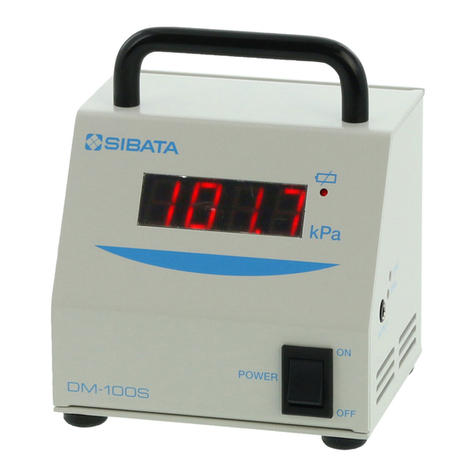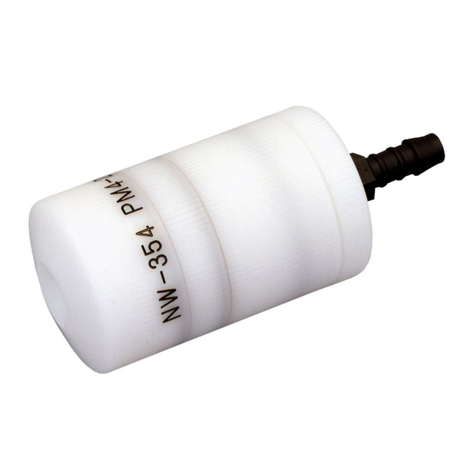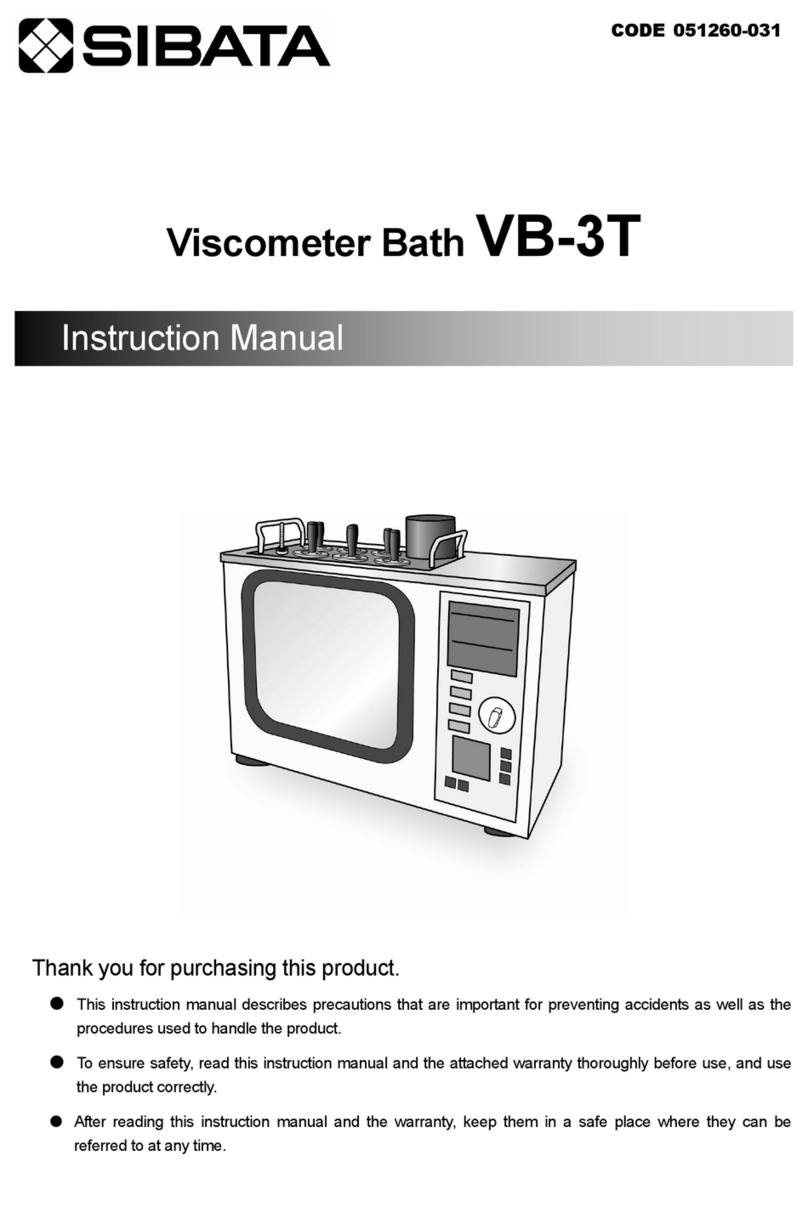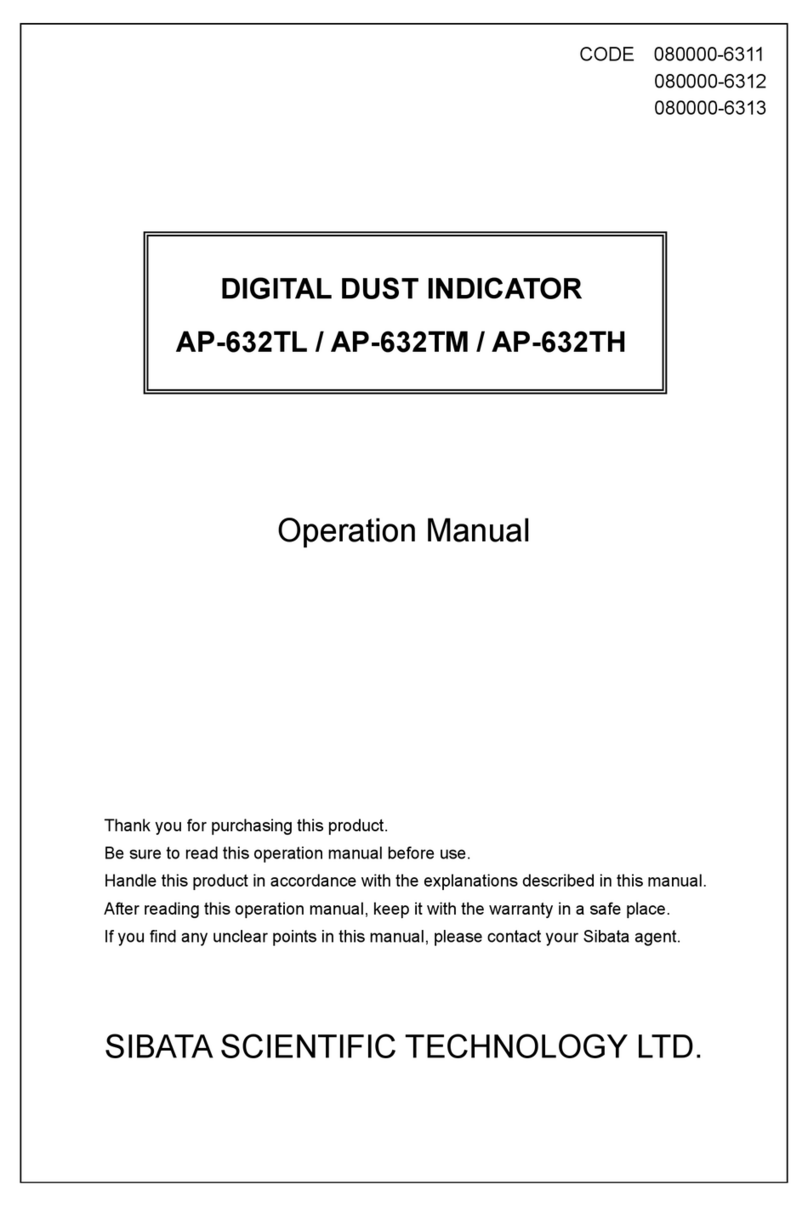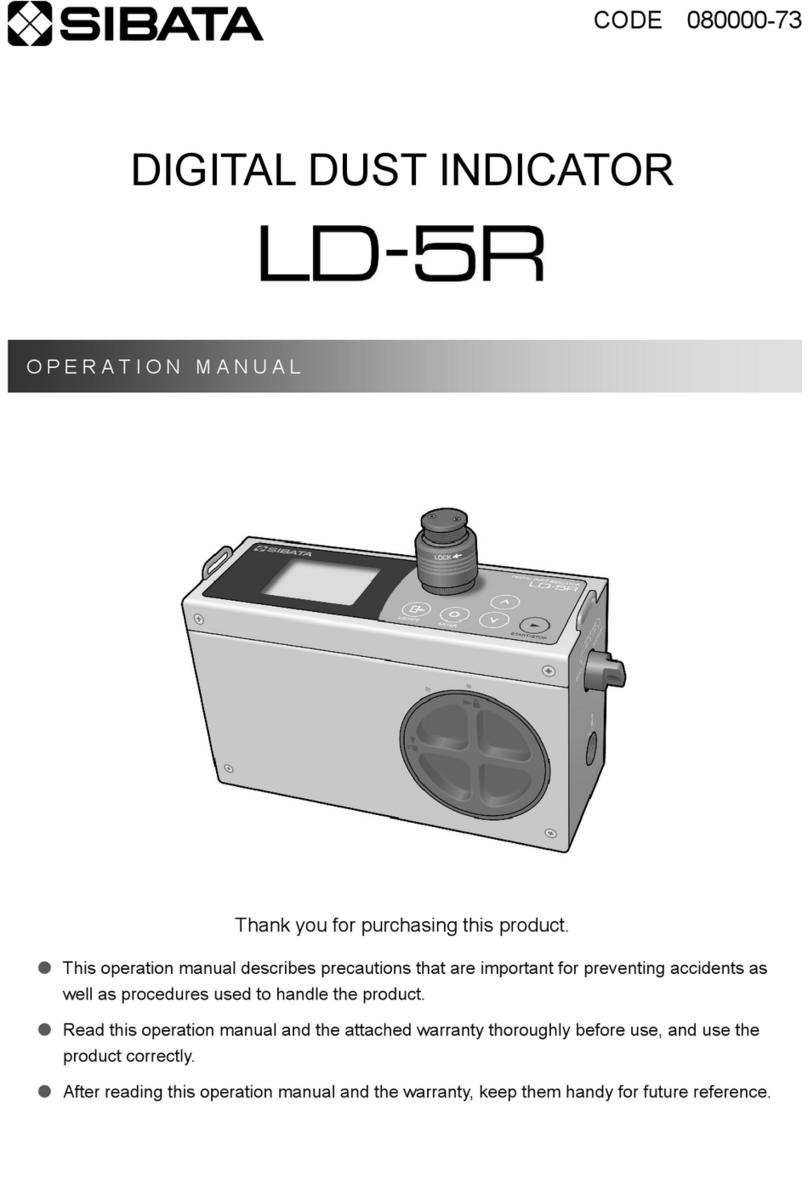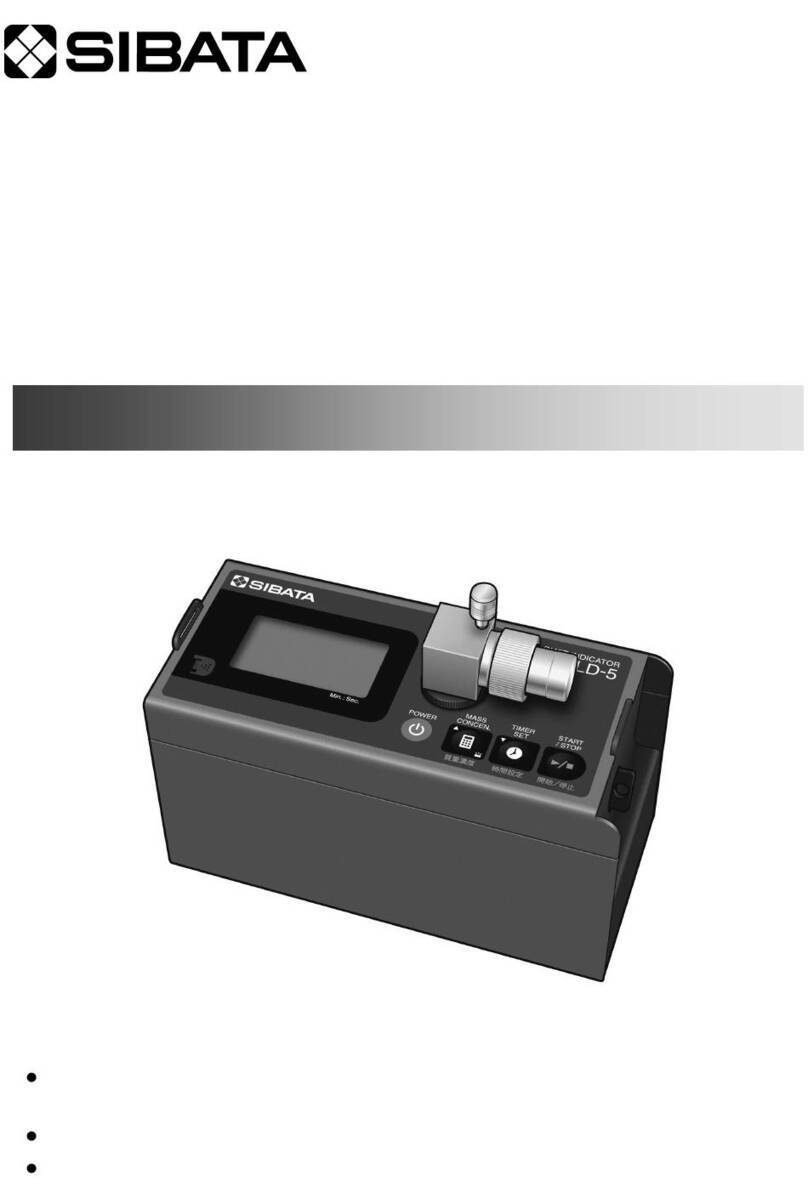
2
Table of Contents
1Before use ......................................................................................................................... 3
1-1 About the operation manual................................................................................................ 3
1-2 About the package contents ............................................................................................... 3
1-3 Limited warranty ................................................................................................................. 4
2Important safety information ........................................................................................... 5
2-1 User (Important).................................................................................................................. 5
2-2 Graphical symbols .............................................................................................................. 5
2-3 Caution labels..................................................................................................................... 7
3About this product............................................................................................................ 8
3-1 Overview............................................................................................................................. 8
3-2 Features.............................................................................................................................. 8
3-3 Principle of measurement................................................................................................... 9
3-4 Measurement modes........................................................................................................ 12
3-5 Precautions....................................................................................................................... 13
3-6 Names of parts and components ..................................................................................... 15
4Set-up............................................................................................................................... 16
4-1 Supplying the power ......................................................................................................... 16
4-2 Turning ON the power switch ........................................................................................... 16
4-3 Main Menu screen............................................................................................................ 17
4-3-1 Version information check...................................................................................... 17
4-4 Getting ready for measurement........................................................................................ 18
4-4-1 Connecting the sampling tubes ............................................................................. 18
4-4-2 Selecting the connection method to the mask....................................................... 18
4-4-3 Checking and adjusting the flow rate and checking the concentration of
particles in ambient air.......................................................................................... 20
4-4-4 When condensation occurs in the Test Guide(s) or the sampling tube(s)............ 20
5Measurement................................................................................................................... 21
5-1 Measurement screen configuration .................................................................................. 21
5-1-1 Code No. Input....................................................................................................... 24
5-2 Fit Test mode .................................................................................................................... 25
5-3 Daily Check mode ............................................................................................................ 31
5-4 Fit Check mode ................................................................................................................ 33
5-5 Training mode................................................................................................................... 35
6Settings............................................................................................................................ 37
6-1 Setting menu .................................................................................................................... 37
6-2 Basic workflow of making settings.................................................................................... 38
6-3 Fit Test settings................................................................................................................. 42
6-4 Fit Check settings ............................................................................................................. 45
6-5 Daily Check settings ......................................................................................................... 46
6-6 Training settings................................................................................................................ 47
6-7 Date and time settings...................................................................................................... 48
6-8 Basic settings.................................................................................................................... 49
6-9 Log data............................................................................................................................ 51
7External output................................................................................................................ 52
8Maintenance .................................................................................................................... 55
8-1 Inspection ......................................................................................................................... 55
8-2 Operation check using clean air ....................................................................................... 55
8-3 Cleaning and storage ....................................................................................................... 56
8-4 About consumables .......................................................................................................... 56
8-5 Backup battery replacement............................................................................................. 57
9Troubleshooting.............................................................................................................. 58
10 Main specifications......................................................................................................... 59
11 Warranty, repair, etc........................................................................................................ 61



